
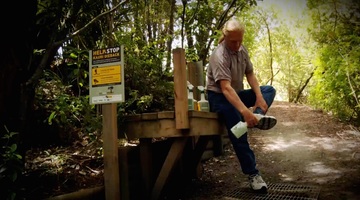
Kauri are a tuakana species in Aotearoa – they are like the older sibling, towering above the ngahere (forests), giving protection for the younger organisms. Rights: Scottie Productions Kauri ...
READ MORE

This article curates Hub resources regarding some of New Zealand's unique native insects and fungi – and the ecosystems that support them. Find out how our hidden taonga are conserved. The ...
READ MORE

An inquiry approach is a method often used in science education. This question bank provides an initial list of questions about our hidden taonga, New Zealand’s unique ecosystems, and places ...
READ MORE
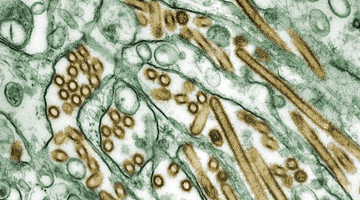
In this activity, students research and summarise the key features of bacteria, viruses and fungi. By the end of this activity, students should be able to: draw basic microorganisms describe the ...
READ MORE

In this activity, students explore what conditions are best suited to the growth of fungus using different types of food. By the end of this activity, students should be able to: set up an ...
READ MORE

In this activity, students design a simple investigation to explore the conditions that encourage fungal growth. Rights: The University of Waikato Fungi in the lab How do you grow fungi in the ...
READ MORE
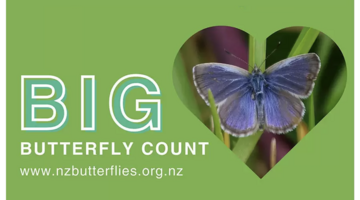
This New Zealand-based citizen science project collects data about butterflies in our gardens, schools, parks and farms – any location in the country or on the outer islands. This annual event – ...
READ MORE
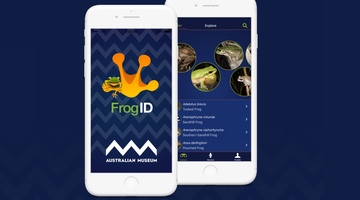
FrogID is an Australian app that uses audio of frogs’ unique calls to identify various species and their locations. We can use it in Aotearoa New Zealand to record the location of introduced ...
READ MORE

Be part of a worldwide movement and use Global Earth Challenge to submit or classify photos to help our planet’s environment and human health. Global Earth Challenge is a citizen science campaign ...
READ MORE
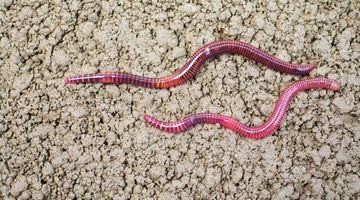
To most of us, one earthworm resembles another. Although earthworms do have common characteristics, species differ widely in their size, skin colour and in the roles they play in the soil ...
READ MORE
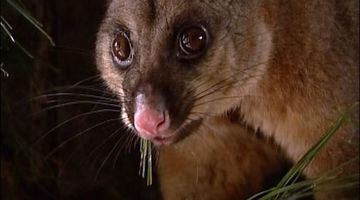
Students of any level develop a board game illustrating knowledge of New Zealand’s possum problem and the strategies used to control it – including biocontrol strategies. Purpose To demonstrate ...
READ MORE
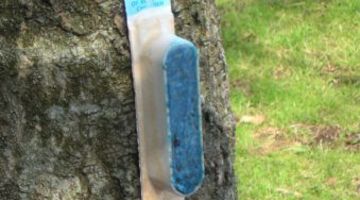
Students collect information from the public about methods of controlling possum numbers and then present a report on the use of biocontrol. Purpose Although the active biocontrol research ...
READ MORE
This episode of Project Mātauranga looks at the steps being taken to address the spread of kauri dieback disease. Kauri dieback disease could decimate the iconic forests in the north of New ...
READ MORE
Rebekah Fuller, University of Hawaii PhD student, describes her research into the role the vegetable caterpillar fungus played in ancient Māori traditions, including its use as ink for creating ...
READ MORE
Weno Iti, the Te Kūwaha Manager (NIWA Māori Development Centre) and NIWA's Maori development officer, Apanui Skipper, describe their views on mātauranga Māori. While they agree that mātauranga ...
READ MORE
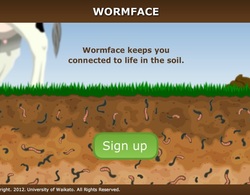
After students have researched an earthworm of their choice they can use this interactive to complete a Wormface profile for their earthworm. You will need the Adobe Flash Player to view this.
READ MORE
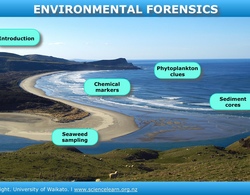
Dr Candida Savage explains the clues she collects in estuaries and fiords, to understand how changes in land use affect these environments. Click on the labels to watch the videos for more ...
READ MORE
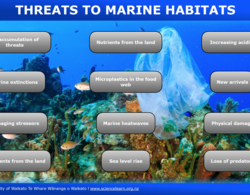
Human actions at sea and on land are putting increasing pressure on the ocean and the species that live there.
READ MORE